Honestly, I think I could come up with my own line of zany animals. I’ve sure met quite a few in my lifetime…I mean, inspiration for the collection. 😉 ~Ifelicious
This is either brilliant or insane, and I’m not sure which yet. A tweet from AdFreak about a German toy company selling mentally ill stuffed animals caught my attention, and I put my journalistic detective skills to work. The company is called Paraplüsch and their website is www.parapluesch.de. The site can be translated into several languages, including English, and touts on its front page, “Psychiatry for abused cuddly toys.” When you go to the website, there’s also an option to play a game that is set in a psychiactric ward and you’re the doctor making your rounds to the different patients (i.e. each one of the animals I describe further down in this post). After observing them, you have a clipboard where you can prescribe their treatment plan. I tried it out. Nothing special, but worth checking out.
The animals can be purchased from “The Asylum: Psychiatric clinic for abused cuddly toys” for 29.90 EUR. Don’t let the playful wording confuse you, the stuffed animals are brand new. As I perused The Asylum, I noticed a link to shop in the US, but it wasn’t working when I clicked it. I totally want one…or two or three! 😀
Meet the gang!
(all descriptions below were taken from the Paraplüsch website.)
| Kroko | The patient’s hypersensitive hallucinatory perception is a symptom of a paranoid psychosis. The signs are a mental block and a Gestaltzerfall (disintegration of structure) of the habitual field of experience. The consequence is a compensational reactivation of archaic reaction patterns. |
| Dolly | The patient seems to temporarily suffer from the delusion that she is a wolf despite the fact that she is without a doubt a sheep. The unexpectedly strong exhibition of the repressed identity completely overstrains her. Hysterical, psychotic defence reactions underline the fundamental threat which points at negative experiences and resulting fragmentation processes. In this state, the patient is unable to accept herself as a plush animal. |
| Lilo | The patient has been trying to solve a wooden jigsaw puzzle for the past few months without success. He is so absorbed in this repetitive activity that he is unaware of his surroundings most of the time. Ever since his disorder has begun, the patient hasn’t talked to anyone. A connection between the inability to speak and the compulsive urge to solve jigsaw puzzles seems likely. |
| Sly | The patient’s inner conflict must be interpreted as a sign of an ambivalent relationships towards its own body. Combined with the fascination of an apparently much more potent-seeming substitute rattle, we suspect the manifestation of a deeply rooted rattle complex. Of course, the enclosed substitute rattle should not be in use on a permanent basis and should only serve as a transitional object. |
| Dub | Being an animal more accustomed to a relaxed pace, life in the fast lane has caught up with our patient, sending him into a deep depression. Can you help him to come out of his shell once more and enjoy life on the outside? Help Dub to rediscover life – slowly this time! |

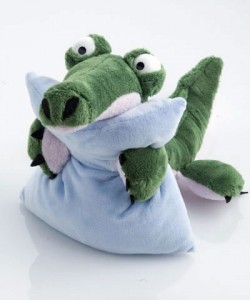
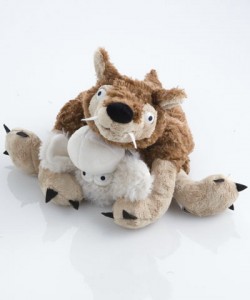
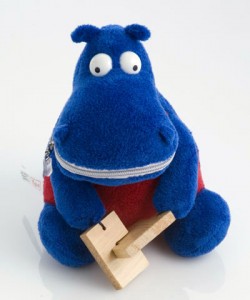
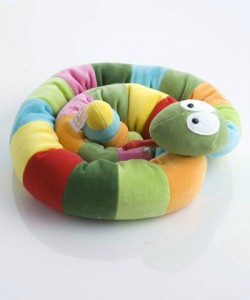
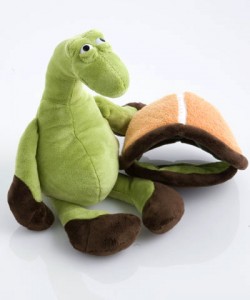
ARE THEY KIDDING???? This is unbelievable. The person (or people) responsible for this idea should be sued. How can you make “fun” of such an illness. Some people tragically take their own life from such an illness. Stuffed animals are suppose to represent happy toys. These people look at saddness everyday in the mirror and now they have to look at a stuffed animal to “remind” them? Wow this just blows my mind
.
Another take:
These could have significant value in child therapy.
These don’t evoke the same response as the Vermont Teddy Bear “Crazy for You” bear did in 2005. Which enraged the mental health industry and an executive resigned over it.
I have strong GAD, and when I was younger, healing Kroko actually made it better. These are not meant to poke fun at the illnesses, instead, they joyfully embrace it.